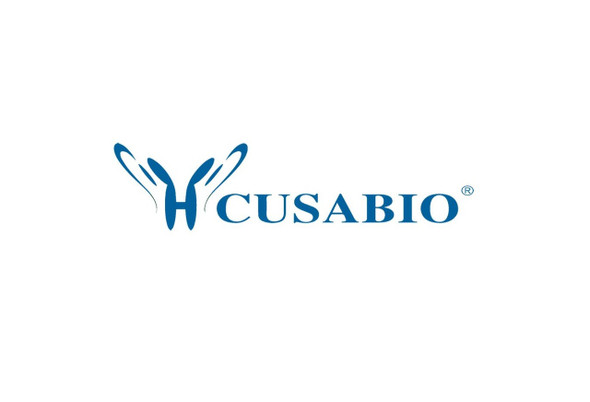Cusabio Active Proteins
Recombinant Human Cytotoxic and regulatory T-cell molecule (CRTAM), partial (Active) | CSB-AP005441HU
- SKU:
- CSB-AP005441HU
- Availability:
- 5 to 10 Working Days
Description
Recombinant Human Cytotoxic and regulatory T-cell molecule (CRTAM) ,partial (Active) | CSB-AP005441HU | Cusabio
Protein Description: Partial
Alternative Name (s) : Cytotoxic and Regulatory T-Cell Molecule; Class-I MHC-Restricted T-Cell-Associated Molecule; CD355; CRTAM
Gene Names: CRTAM
Research Areas: Immunology
Species: Homo sapiens (Human)
Source: Mammalian cell
Tag Info: C-terminal 6xHis-tagged
Expression Region: 18-286aa
Sequence Info: SLTNHTETITVEEGQTLTLKCVTSLRKNSSLQWLTPSGFTIFLNEYPALKNSKYQLLHHSANQLSITVPNVTLQDEGVYKCLHYSDSVSTKEVKVIVLATPFKPILEASVIRKQNGEEHVVLMCSTMRSKPPPQITWLLGNSMEVSGGTLHEFETDGKKCNTTSTLIIHTYGKNSTVDCIIRHRGLQGRKLVAPFRFEDLVTDEETASDALERNSLSSQDPQQPTSTVSVTEDSSTSEIDKEEKEQTTQDPDLTTEANPQYLGLARKKS
Biological Activity: The ED50 as determined by its ability to bind Human CADM1 in functional ELISA is less than 20 ug/ml.
MW: 30.99 kDa
Purity: Greater than 95% as determined by SDS-PAGE.
Endotoxin: Less than 1.0 EU/µg as determined by LAL method.
Relevance: Cytotoxic and Regulatory T-Cell Molecule (CRTAM) is a member of Nectin family under the immunoglobulin superfamily that is expressed by activated CD8+ and NK T cells. CRTAM is found in spleen, thymus, small intestine, peripheral blood, and it is highly expressed by Purkinje cells of the cerebellum. CRTAM is a type I transmembrane glycoprotein containing one Ig-like C2-type domain and one Ig-like V-type domain in its extracellular domain, while its cytoplasmic region shows a potential class I PDZ domain. CRTAM is expressed as a homodimer on the cell surface but does not show homotypic binding in trans. The high affinity of CRTAM/IGSF4 adhesion allows CRTAM to disrupt IGSF4 homotypic interactions. IGSF4 and T cell receptor coengagement of CD8+ cells expressiong CRTAM induces increased IFNγ or IL-22 production.
PubMed ID:
Notes: Repeated freezing and thawing is not recommended. Store working aliquots at 4℃ for up to one week.
Function: Interaction with CADM1 promotes natural killer (NK) cell cytotoxicity and interferon-gamma (IFN-gamma) secretion by CD8+ cells in vitro as well as NK cell-mediated rejection of tumors expressing CADM3 in vivo.
Involvement in disease:
Subcellular Location: Membrane, Single-pass type I membrane protein
Protein Families: Nectin family
Tissue Specificity: In the immune system, expression is restricted to activated class-I MHC-restricted cells, including NKT and CD8 cells. Strongly expressed in spleen, thymus, small intestine, peripheral blood leukocyte, and in Purkinje neurons in cerebellum. Expressed at much lower levels in testis, ovary, colon, lung and lymphoid tissues.
Paythway:
Form: Lyophilized powder
Buffer: Lyophilized from a 0.2 μm filtered 20 mM PB, 150 mM NaCl, pH 7.2
Reconstitution: We recommend that this vial be briefly centrifuged prior to opening to bring the contents to the bottom. Please reconstitute protein in deionized sterile water to a concentration of 0.1-1.0 mg/mL.We recommend to add 5-50% of glycerol (final concentration) and aliquot for long-term storage at -20℃/-80℃. Our default final concentration of glycerol is 50%. Customers could use it as reference.
Uniprot ID: O95727
Uniprot Entry Name:
HGNC Database Link: HGNC
UniGene Database Link: UniGene
KEGG Database Link: KEGG
STRING Database Link: STRING
OMIM Database Link: OMIM









